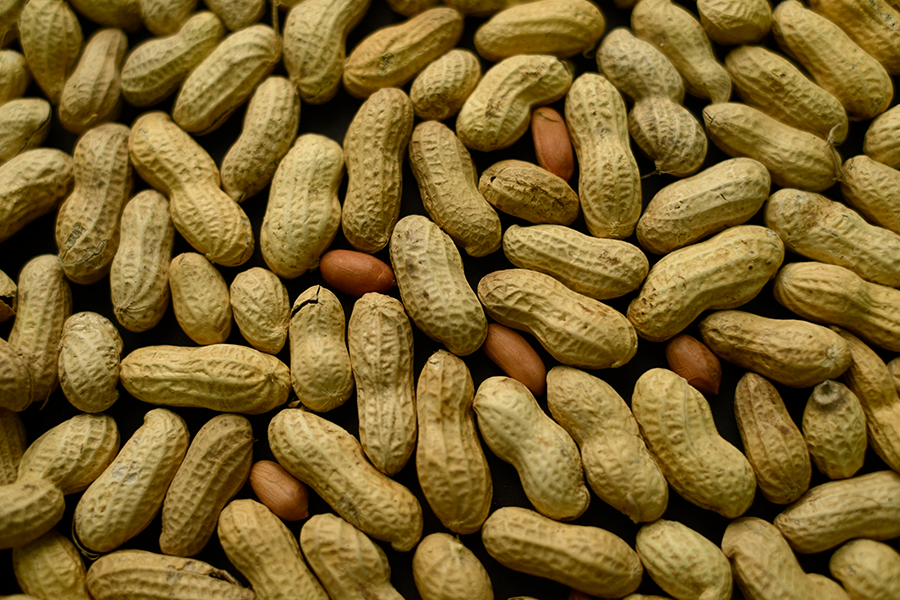Scientists use peanut ancestors to sequence the legume's genome
Loading...
It took dozens of scientists around the world several years to sequence the genome of the humble peanut, which, contrary to its name, is a legume, not a nut.
The group analyzed the DNA of two wild ancestor species of the modern peanut – Arachis duranensis and Arachis ipaensis – to help chart the popular legume’s genetic history, and to help improve its yields and nutrition in the future. The two ancestors are thought to have crossed about 10,000 years ago to make the peanut that is widely cultivated today.
“We did it because knowing the genome sequence like this is a really powerful thing for breeding better varieties and for understanding how peanuts might be made better,” David J. Bertioli, a professor of genetics at the University of Brasília in Brazil, told The Christian Science Monitor in an interview.
With the peanut’s genetic composition mapped out, scientists now know what regions of its genome make the peanut plant resistant to fungal disease or parasites, information that will help farmers breed peanuts that won’t require the use of toxic and expensive chemical sprays that kill diseases and bugs.
“These things can now be understood and selected for within breeding programs to make a better product for the consumer and for the farmer,” Dr. Bertioli told the Monitor. He was the lead author of a paper on the topic published in the February 22 issue of the journal Nature Genetics.
Bertioli said the genetic information is already being used to help farmers in India and Africa to produce better varieties of peanuts. In Africa, the peanut is the biggest source of protein. Worldwide, according to the paper, about 46 million tons of the legume is produced annually.
Today, there are at least 100 wild species of peanuts. But a hybridization of just two of them, from the Andean foothills between northwestern Argentina and southeastern Bolivia, gave rise to all the peanuts we eat today, including the sizable Virginia and the sweet Valencia.
Bertioli says that humans started domesticating peanuts in that region about 10,000 years ago. Different regions had unique varieties that never mixed, though, until someone must have collected seeds from one region in what today could be northern Bolivia, and walked with them several hundred miles to what today would be southeastern Bolivia, planting them next to the native species there. Bees then helped to cross-pollinate the two species, which merged to form today’s widely cultivated peanut, Arachis hypogaea.
But the wild species stayed in the region for thousands of years, at least until 1971 – maybe even today – when botanists collected them and stored them. These are the species that Bertioli and his team sequenced, because together, their genomes represent the modern peanut.







